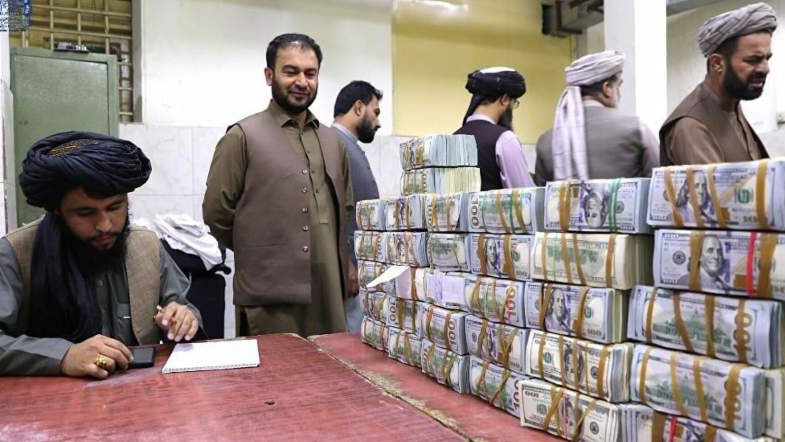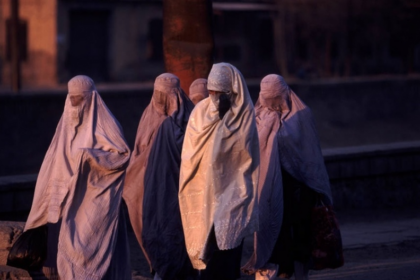RASC News Agency: In the aftermath of Donald Trump’s return to the White House and the immediate suspension of U.S. foreign aid to Afghanistan, the Taliban-controlled Central Bank has injected U.S. dollars into the country’s markets on multiple occasions in a bid to stabilize its deteriorating economy. According to media investigations, the bank has auctioned a total of $72 million in recent weeks. Official statements from the Taliban’s Central Bank confirm that on January 23, 26, and 28, the institution auctioned $20 million, $25 million, and $27 million, respectively. This development closely follows Trump’s inauguration on January 20, when he assumed office and swiftly enacted numerous executive orders, including the suspension of financial assistance to the Taliban regime.
Despite the Taliban’s attempts to maintain currency stability by injecting foreign reserves, the kabuli rupees has plummeted in value. In recent days, the exchange rate has surged past 80 kabuli rupees per U.S. dollar a sharp increase from the 69 rupees per dollar recorded just weeks earlier. This unprecedented devaluation followed Trump’s executive order halting all U.S. cash transfers to Taliban-controlled Afghanistan. The U.S. State Department has since confirmed that the majority of American foreign aid projects excluding emergency food assistance and military aid to Israel and Egypt have been indefinitely suspended. Prior to this policy shift, the Taliban had been receiving steady cash shipments under the pretext of humanitarian aid, a practice that had drawn significant international scrutiny.
For months, the Taliban had leveraged the influx of U.S. dollars as a means of propping up Afghanistan’s fragile economy, frequently citing it as a “major economic success.” However, with the suspension of U.S. financial support, the value of the kabuli rupees has been in rapid decline, exacerbating economic instability. Until April of last year, the Taliban-controlled Central Bank routinely announced the arrival of $40 million in cash deliveries to Kabul twice a week. However, amid mounting domestic and international criticism, the group ceased publicizing these transactions. Nevertheless, sources confirmed that the $40 million cash packages continued to arrive in Kabul even after the Taliban stopped disclosing them.
The United States, widely regarded as the “largest provider of humanitarian assistance” to Afghanistan, has faced harsh criticism for allowing financial aid to flow into a Taliban-administered economy under the guise of humanitarian relief. Critics argue that the Taliban have diverted substantial portions of these funds to strengthen their grip on power rather than addressing the country’s worsening humanitarian crisis. A report published by SIGAR (Special Inspector General for Afghanistan Reconstruction) in October revealed that over the past three years, the U.S. has allocated $21.6 billion in aid to Afghanistan and Afghanistani refugees. Of this amount, $3.33 billion was designated specifically as humanitarian and developmental assistance to Afghanistan. However, concerns persist over whether these funds have been effectively utilized or merely exploited by the Taliban to sustain their authoritarian rule.






